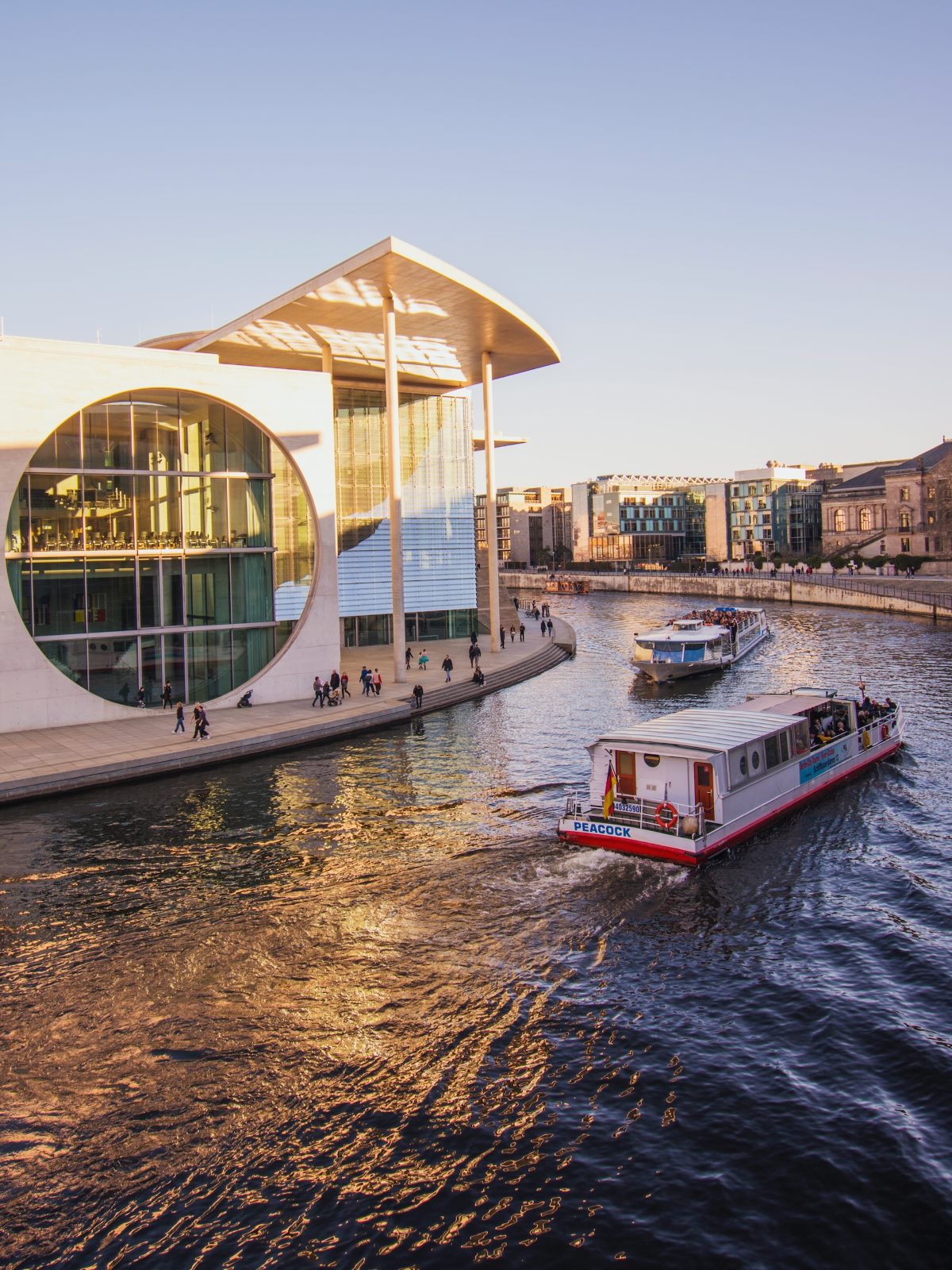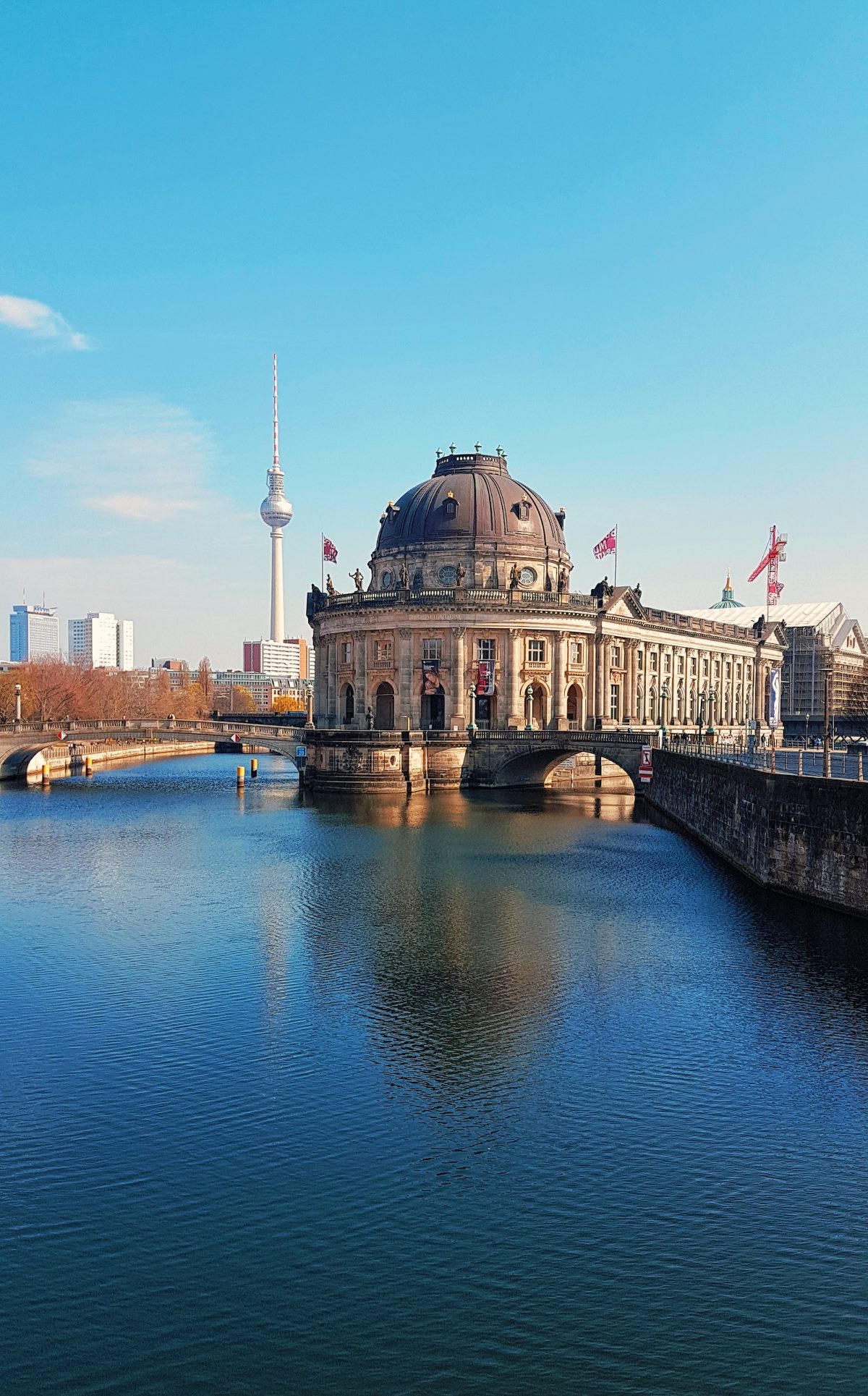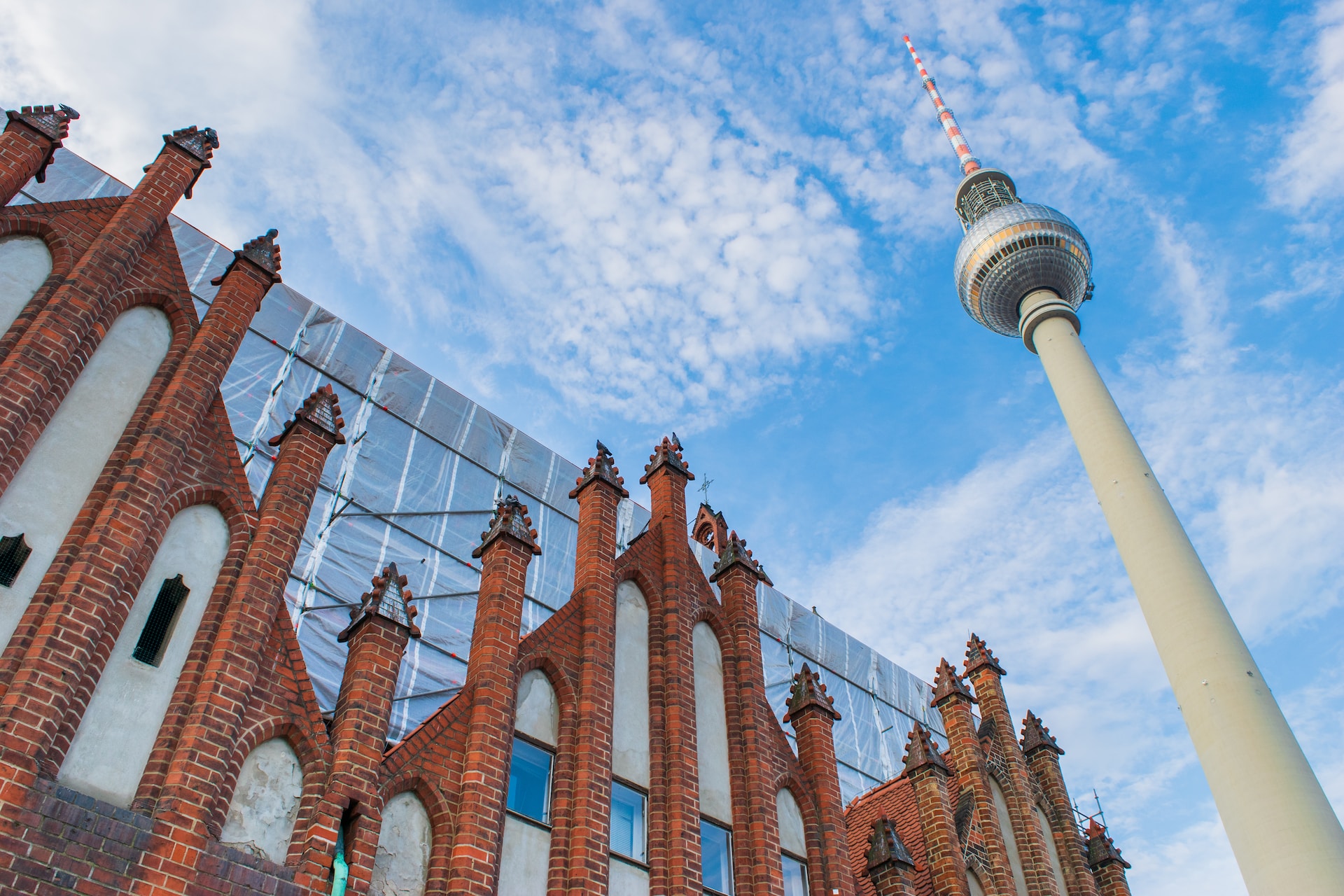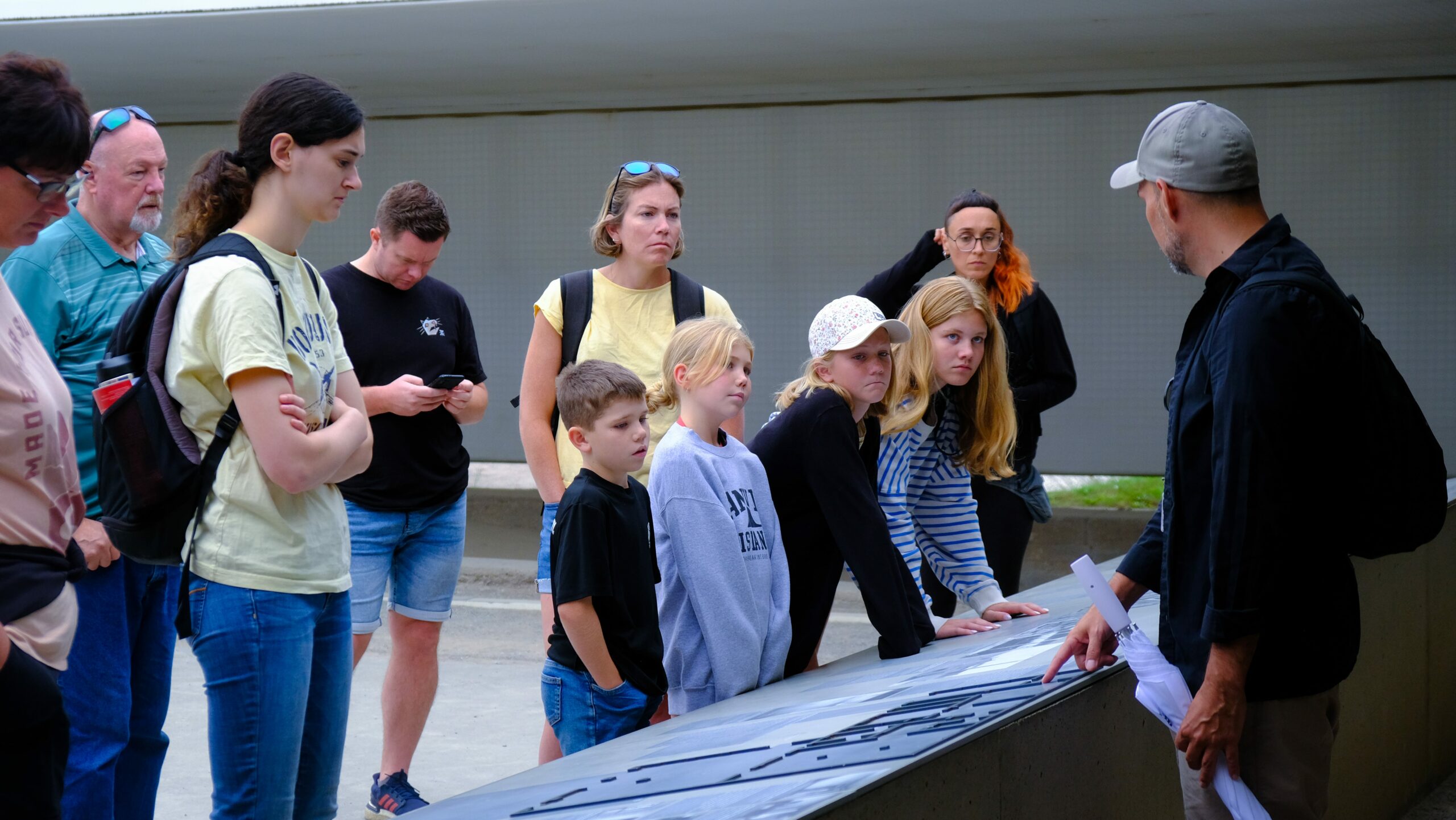The German capital city Berlin incorporates several centuries of historic development in its history. Streets throughout Berlin reveal historical marks left by different time periods which formed the city. The historical wonders of Berlin can be explored during this tour through the medieval period until the present day.
Medieval Berlin
Berliin originated as a modest trading post which operated alongside fishing activities in previous centuries. The start of Berlin as a settlement occurred during the 13th century while the city built its famous brick Gothic structures during that era. A prime destination from this age group is the Nikolai Quarter that holds the title as the original residential district of Berlin. The narrow cobblestoned streets reveal medieval atmospheres while you can explore both the ancient St. Nicholas Church during your walk through this area.
The Prussian Era
The city of Berlin flourished and progressed through the Prussian era in the 18th and 19th centuries. This period left behind the Brandenburg Gate as its most significant historic monument. The structure was completed in the late 18th century to represent power while uniting people. A grand selection of buildings and historic monuments adorns Unter den Linden boulevard which circles the gate from all sides.
Any visitor must experience Charlottenburg Palace as a main historical destination from the Prussian era. This lavish palace showcases the grandeur and opulence of the kings and queens of Prussia. You can experience the magnificent architecture and appealing historical aspects of the gardens by walking through its grounds.
World War II and the Cold War
World War II took place in Berlin making it a vital front until the city split in two by the Cold War conflict. From the center of Berlin visitors can observe traces of the Berlin Wall which divided the city throughout the period from 1961 to 1989. Checkpoint Charlie, a famous border crossing during the Cold War, offers a glimpse into this turbulent period of history.
Visitors must experience the Topography of Terror museum due to its significance. The Topography of Terror museum reveals the complete Nazi history of Berlin by using the former Gestapo and SS headquarters buildings as an educational site.
Modern Berlin
The fall of the Berlin Wall led to dramatic transformation of Berlin into a multiethnic tourist destination. The Potsdamer Platz district shows modern architecture at its peak through its collection of skyscrapers alongside buildings that seem to come from the future. You can witness all the contemporary life of modern Berlin by exploring the urban entertainment hub which is the Sony Center.
As one walks through the East Side Gallery they can both honor artistic expression through its wall art as well as experience a celebration of freedom in action. This surviving portion stretches across the longest extent of Berlin Wall contains artwork by artists from various nations that vividly paint its surfaces.
Conclusion
An exploration of Berlin enables visitors to go back in time and discover the one-of-a-kind historical elements of the city. Throughout its medieval beginnings and the time of Prussia into World War II up to the diverse current era Berlin demonstrates a combination of architectural masterpieces together with historical sites and cultural variety. Keep comfortable shoes on while exploring and make sure you have useful maps for a captivating tour of Berlin’s disappearing time eras. Happy exploring!
Table of Contents




